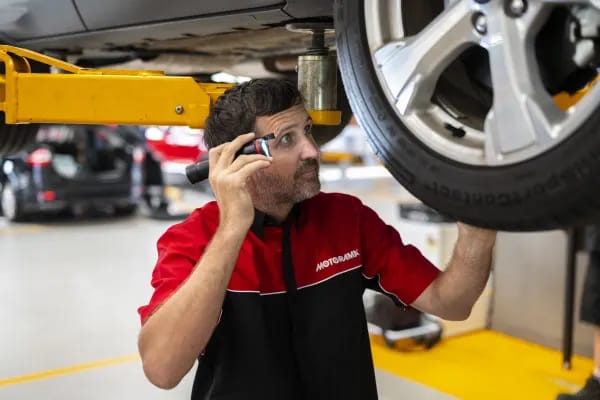
Do You Inflate Your Tyres Correctly?
Posted in Servicing Insights
Do You Inflate Your Tyres Correctly?
When it comes to car maintenance, your tyres get a lot of the attention. From checking tread depth to ensuring they're correctly aligned - there's quite a few things to mark off your checklist!
Making sure that you have the correct tyre pressure is another essential task you need to take care of, but sometimes we don't always get this right. Having your tyres correctly inflated, can make for safer driving and can also bring economic and longevity benefits too.
At the right pressure, your tyres will last longer, help you save on fuel and be much easier to handle when driving. To find out what your tyre pressure should be, you can check the tyre information plate, which is usually found attached to your glove box, door sill, fuel filler cap or under the bonnet.
This will also display the manufacturers recommended tyre sizes. It's also vital to note that tyre pressure is determined by your vehicle's load and conditions of use, rather than the type or size of the tyre.
Checking air pressure
Tyres need to be regularly checked, particularly with the change of season, as small wear over time and temperature changes can make a mountain out of a molehill. To get started, you need a good quality air gauge and check that your tyres are cold.
A great time to do this check is in the morning, as it's important that your vehicle hasn't been driven more than a kilometre. If you check the pressure when the tyres aren't cold it could result in them being underinflated when the temperature cools.
Inflate your tyres to the recommended cold pressure on your information plate and replace the valve caps to keep dirt moisture at bay. If your vehicle is often fully loaded with passengers or luggage, a general rule is to add 28kpa or 4psi, as heavy loading will put more strain on your tyres. Finally, don’t forget to check your spare tyre every time you do check your tyre pressures.
You wouldn’t want to have a flat spare tyre when trying to replace a flat tyre!





